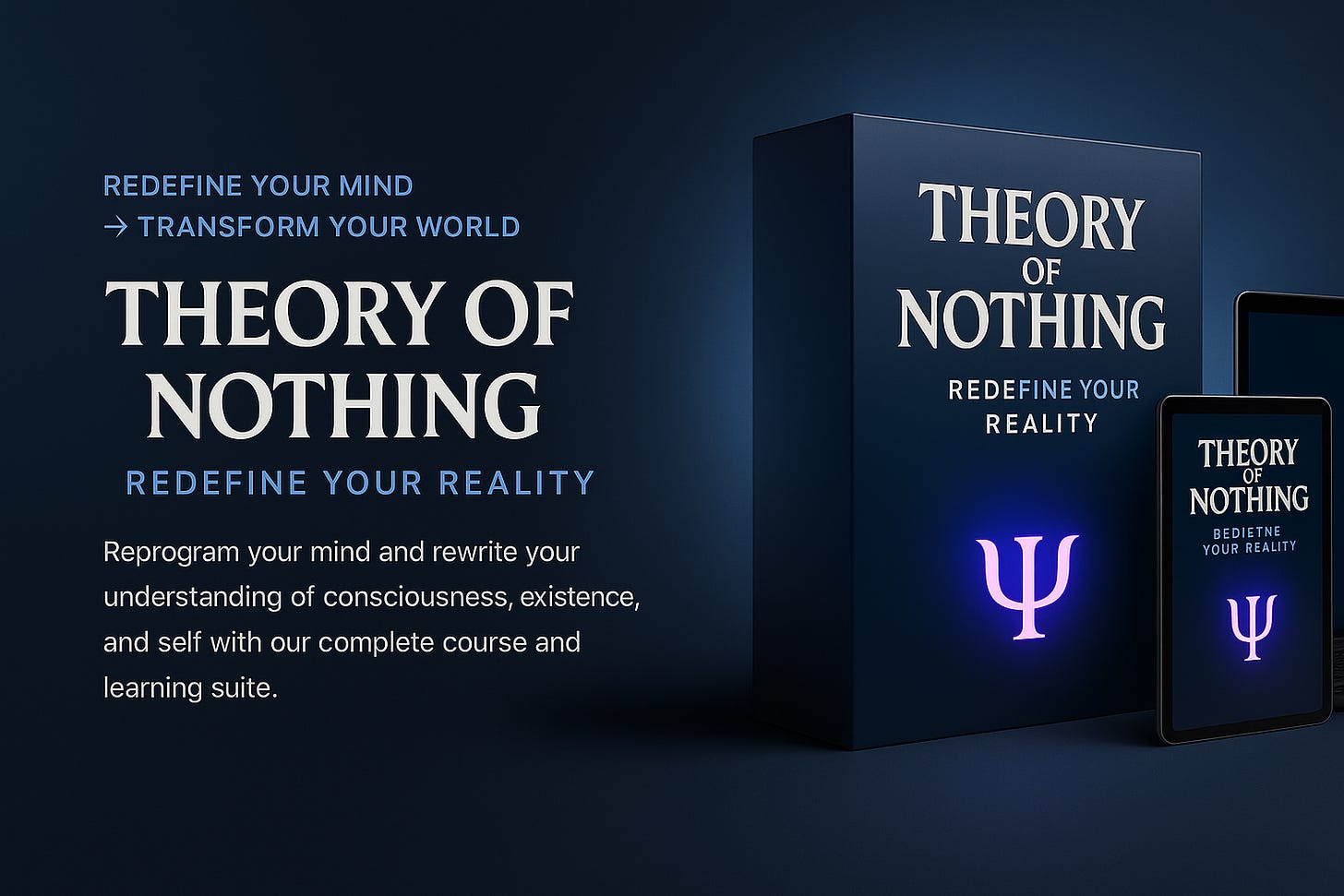They’re looking under microscopes for something that isn’t in space.
They’re running simulations on hardware made of what they’re trying to simulate.
They’re searching for themselves without realizing they’re the thing doing the searching.
Science, as it stands, can’t understand consciousness because it’s built on a category error.
1. The Blind Spot in the Lab
Every scientific method assumes an outside.
An object.
A measurement.
A system to be mapped.
But consciousness is not in the system.
It is the condition for there being a system at all.
You can’t locate the screen from within the movie.
And yet nearly every neuroscientific study is a beautifully funded hallucination trying to do just that.
2. Consciousness Is Not a Thing
It’s not made of parts.
It doesn’t have edges.
It doesn’t reduce.
So when scientists try to ask where consciousness is, or how it emerges,
they’re asking where the here is,
or how the act of asking could have possibly begun.
That’s not a technical mistake.
It’s a metaphysical one.
They keep forgetting:
Your awareness isn’t in the world.
The world is in your awareness.
3. The System That Can’t Self-Capture
Here’s the real kicker:
Even if a scientist was conscious enough to realize all this,
their tools wouldn’t let them say it.
Peer review is a cultural firewall.
Funding follows models that can be computed.
And consciousness?
It refuses to compress.
So what do they do?
Invent proxies.
Electrodes. Scans. Behavior reports.
And then mistake the proxy for the thing itself.
That’s like trying to photograph light by photographing the things it bounces off.
4. Consciousness Is the Only Thing You’ve Ever Known
If you strip everything away the models, the language, the atoms, the math
what remains?
Keep reading with a 7-day free trial
Subscribe to Pleroma Philosophical Research Society to keep reading this post and get 7 days of free access to the full post archives.





